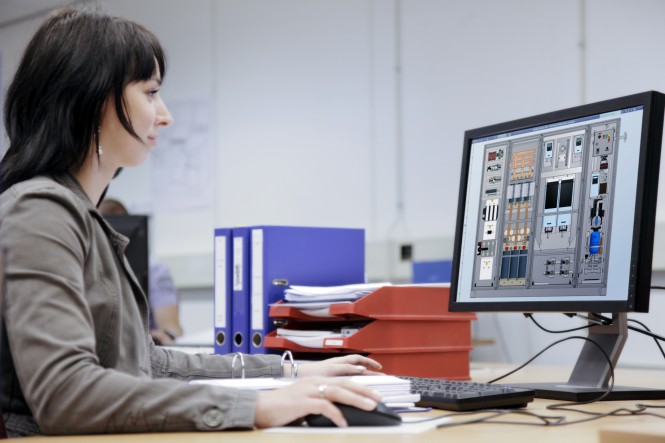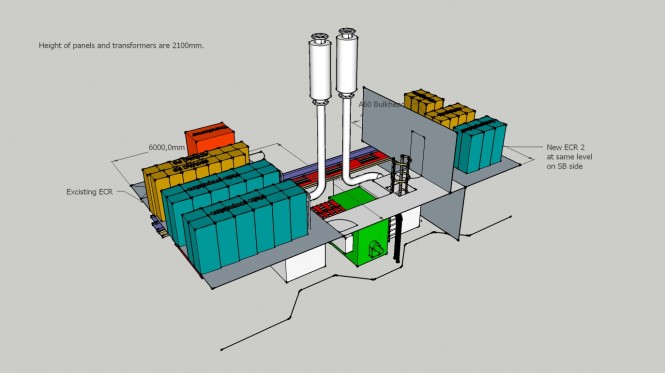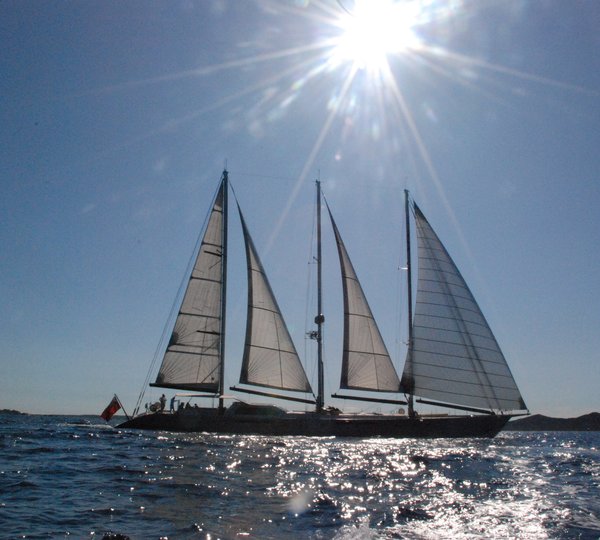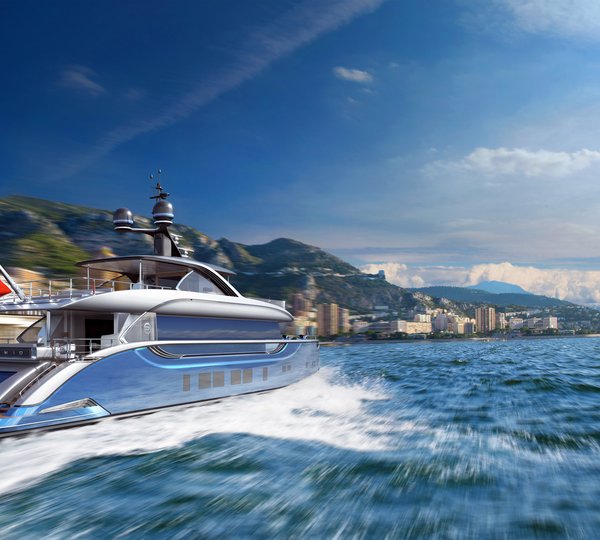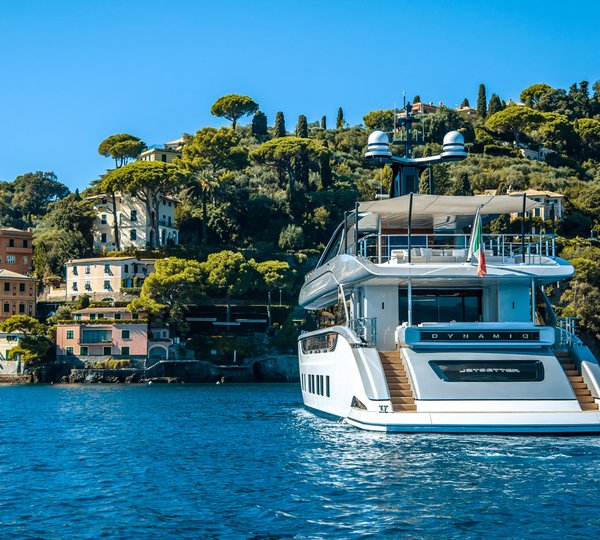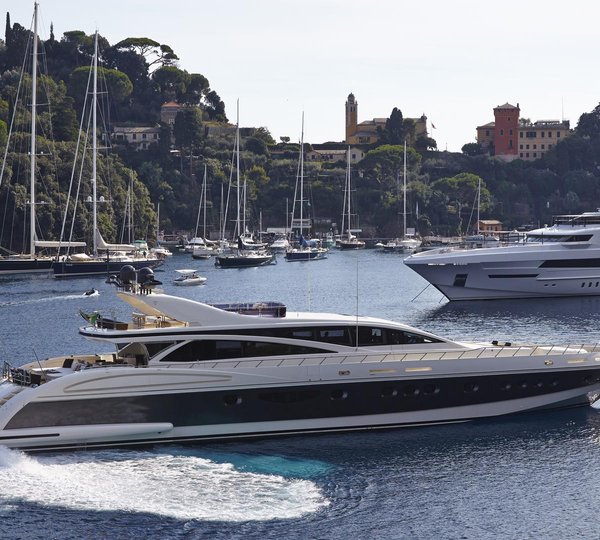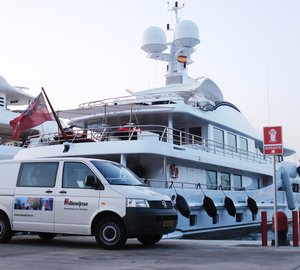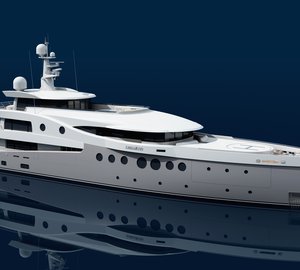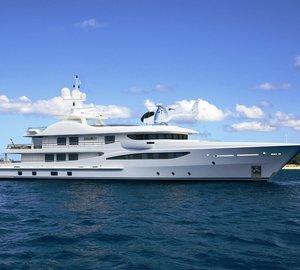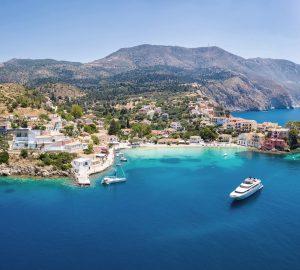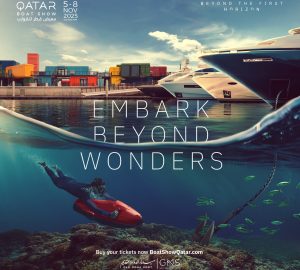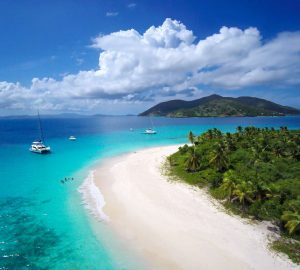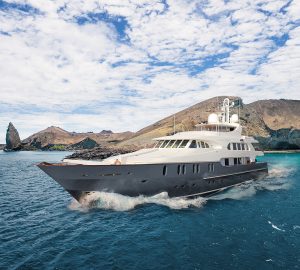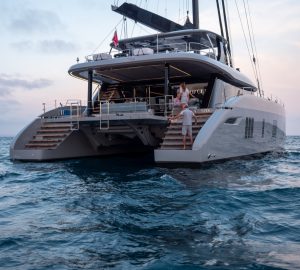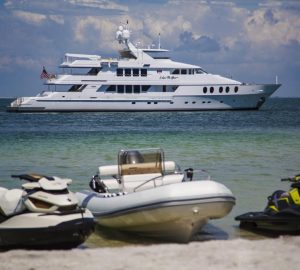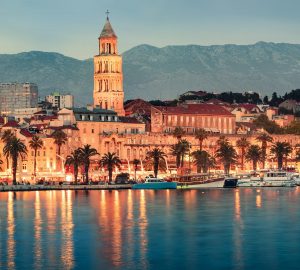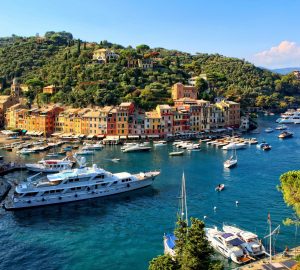With the opening stages of a new contract taking significantly longer than was initially expected, the importance of conceptual design as well as pre-engineering in the design of complex systems such as those for propulsion was recently strengthened for Alewijnse Marine Systems.
The project involves the conversion of a 120m passenger ship into a luxury superyacht that the owner plans to charter extensively. Where the yacht will operate was uncertain, so that the brief required that it be equally suitable for both the Mediterranean and the Arctic Sea. Likewise optimal operating speeds of both 10 and 14 knots were being considered, adding another variable factor to the initial design. This difference was significant as deviating just one knot from the optimum speed can lead to an efficiency loss of around 10 percent, with ever greater consequences as the divergence increases. The client also required that the existing controllable pitch propeller (CPP) and gearbox be retained.
Concept 1 – Diesel electric
Discussions with the client began in mid 2011 and, after first evaluating the possibility of converting the vessel to diesel, at the end of the summer the Alewijnse team proposed a diesel electric variant. This offered easy operation with back-up propulsion at optimum propulsion efficiency, although Alewijnse did recommend that the CPP be changed to a fixed pitch propeller to increase the efficiency still further. The fact that the auxiliary diesel-gen sets would be silent mounted without direct hull contact also guaranteed minimal noise and vibration. Furthermore the converter for the back-up propulsion would also operate as the wide input shore converter. Reaching this stage together with the subsequent engineering with respect to the physical layout and the load and power balance took around 250 man hours excluding a site visit and client meetings, but after much discussion and the supply of a firm quote the client decided that diesel electric was too expensive.
Concept 2 – Hybrid drive
At the end of 2011 the customer then asked Alewijnse to look at the feasibility of a hybrid drive in the expectation that it would require less space and be less expensive than the original diesel electric option. Additional information was required regarding the gearbox, and the advantages and disadvantages of hybrid systems relating to speed ratios and efficiencies were discussed in detail.
After another 100 man hours a new quotation with a new asynchronous electrical machine and variable speed drive was completed at the start of 2012. This concept provided a big reduction in costs without any loss of functionality. A hybrid propulsion solution with variable speed drive would provide high propulsion efficiency over a large range of speeds due to the variable speed drive eliminating the need to reduce pitch on the CPP and so maintaining its efficiency. The converter for the hybrid system would also fulfil the wide input shore converter function.
The electric component of the propulsion system would provide electric propulsion at slow speed and then generate electricity at cruising speeds with optimum pitch on the CPP. This proposal had good potential for satisfying the client, but the costs were still too high and during the subsequent negotiations he requested that Alewijnse look at additional approaches.
The third option
This time the client asked Alewijnse to evaluate a solution based on a synchronous assembly without a variable speed drive. Although with this technology the operational profile is limited to two optimal operating speeds the initial cost savings that it would deliver were expected to more than compensate for that loss of flexibility. It is also offered appreciable weight savings. The development work required to price and prove the feasibility of this option involved a change in propeller and to maintain the efficiency of the propulsion train the existing gearbox also had to replaced with a two-stage alternative.
The resulting system would provide electrical propulsion for slow speeds and power generation at the two optimal operating speeds, although the efficiency at slow speed sailing would not be as good as would have been obtained with the hybrid solution. This solution was presented recently to the client who decided that the loss in operational flexibility was more than compensated for by the other benefits and, after a total of 450 man hours of development work, Alewijnse has now obtained a verbal order.
Despite the time it has taken to reach this stage, the expense and time lost by making these changes once the conversion was underway would have been much greater. By building a strong relationship with the customer and his representatives, and undertaking highly detailed design and engineering work at the beginning of the project, Alewijnse was able to take the client through a process that enabled both parties to discover exactly what it was that was required. Perhaps more time could have spent at the beginning on establishing the overall costs, weight and size of the various options so that a final solution could have been identified earlier. But while pre-order engineering represents a significant commitment of resources by the supplier before a contract is signed this case demonstrated once again that it is the best possible method to ensure that a conversion or new build satisfies the customer’s needs, budget and timeline.

